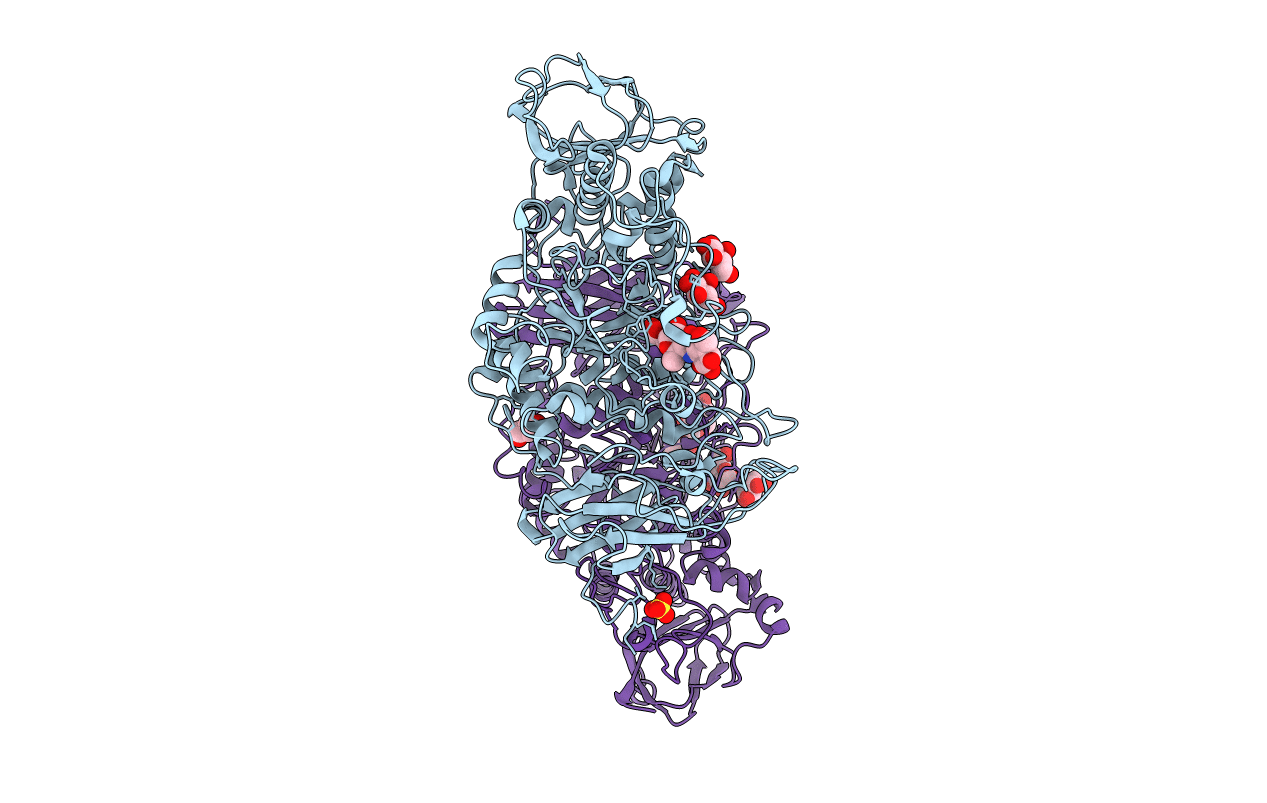
Deposition Date
2008-03-26
Release Date
2008-07-29
Last Version Date
2024-10-16
Entry Detail
PDB ID:
2VR5
Keywords:
Title:
Crystal structure of Trex from Sulfolobus Solfataricus in complex with acarbose intermediate and glucose
Biological Source:
Source Organism:
SULFOLOBUS SOLFATARICUS (Taxon ID: 2287)
Host Organism:
Method Details:
Experimental Method:
Resolution:
2.80 Å
R-Value Free:
0.26
R-Value Work:
0.21
R-Value Observed:
0.21
Space Group:
P 3 2 1


